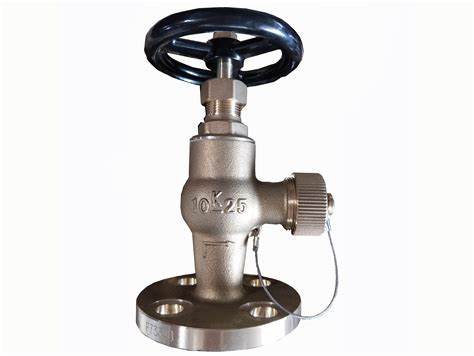|
Marine Valves: Concepts, Characteristics, and Future ApplicationsMarine valves, as crucial components in marine engineering, are responsible for controlling fluid flow, regulating system pressure, and ensuring the safe operation of ships. This article delves into the basic concepts, characteristics, and application scenarios of marine valves, exploring their origins, development history, and current technological level, while also looking ahead to their future trends in the shipping industry. Basic Concepts and Characteristics of Marine ValvesMarine valves, as the name suggests, refer to various types of valves specifically designed for use on ships. They typically exhibit characteristics such as corrosion resistance, high-temperature resistance, and high-pressure resistance to adapt to the harsh working environment of ships. Marine valves are diverse, including but not limited to stop valves, throttle valves, check valves, safety valves, each with its unique function and application scenario. Origin and Development HistoryThe origin of marine valves can be traced back to ancient times when simple wooden or stone valves were used to control water flow on ships. With the advent of the industrial revolution, metal materials began to be widely used in valve manufacturing, significantly improving the performance and quality of marine valves. Since the 20th century, with the rapid development of the shipbuilding industry, the technological level of marine valves has also continuously improved, with many new types of valves emerging, such as electric valves and pneumatic valves, which offer higher levels of automation and better control performance.
Current Technological Level and Application ScenariosCurrently, the technological level of marine valves has reached a considerable height. Modern marine valves not only exhibit excellent corrosion resistance, high-temperature resistance, and high-pressure resistance but also achieve high levels of automation and intelligence. They are widely used in various fields of shipping, including energy and power, environmental protection, and safety monitoring. In energy and power applications, marine valves control the flow of fluids such as fuel and lubricating oil, ensuring the normal operation of ship engines. In environmental protection, marine valves are used to treat wastewater and exhaust gases emitted by ships, reducing environmental pollution. In safety monitoring, marine valves play a crucial role, such as safety valves that automatically open when system pressure is too high, releasing pressure to prevent equipment damage or explosions. Future Development TrendsWith the continuous development of the shipbuilding industry, marine valves will also usher in new development opportunities. In the future, marine valves will focus more on environmental protection, energy savings, and intelligence. In terms of environmental protection, marine valves will adopt more eco-friendly materials and manufacturing processes to reduce their impact on the environment. In energy savings, marine valves will optimize fluid control strategies to reduce energy consumption. In terms of intelligence, marine valves will achieve higher levels of automation and remote monitoring, enhancing the operational efficiency and safety of ships. |

